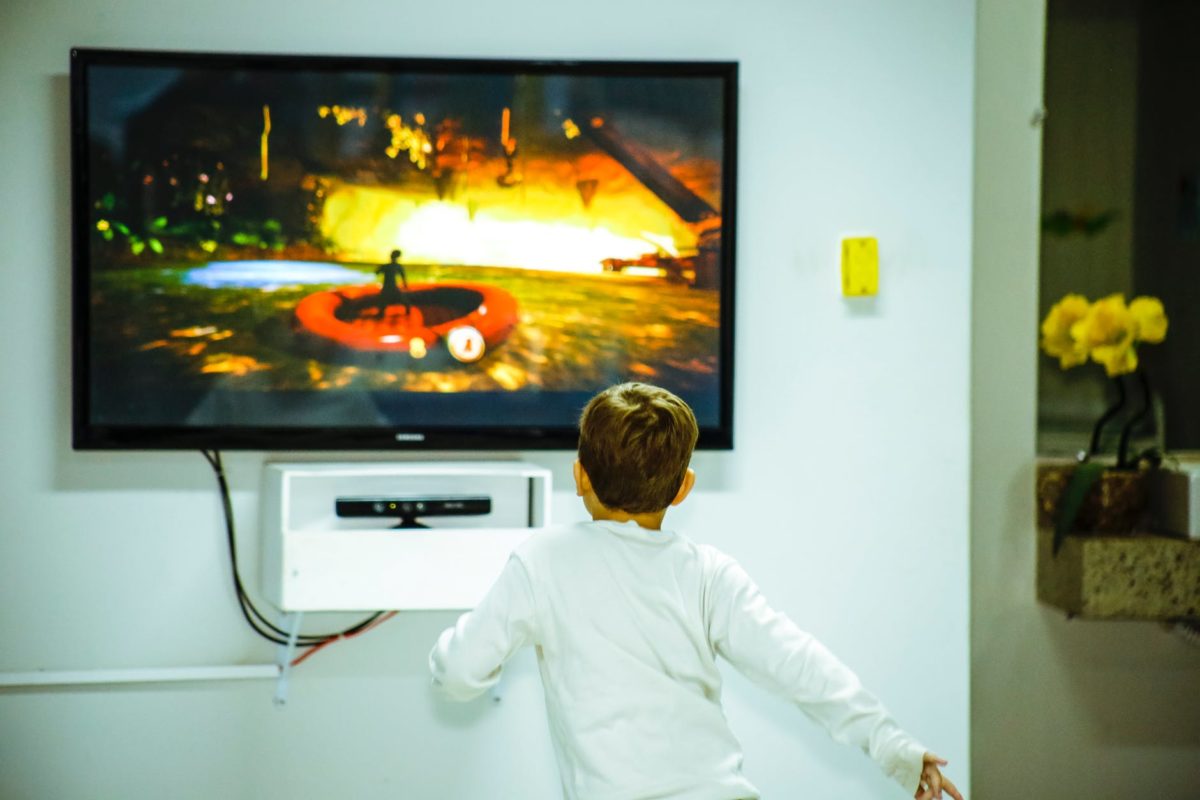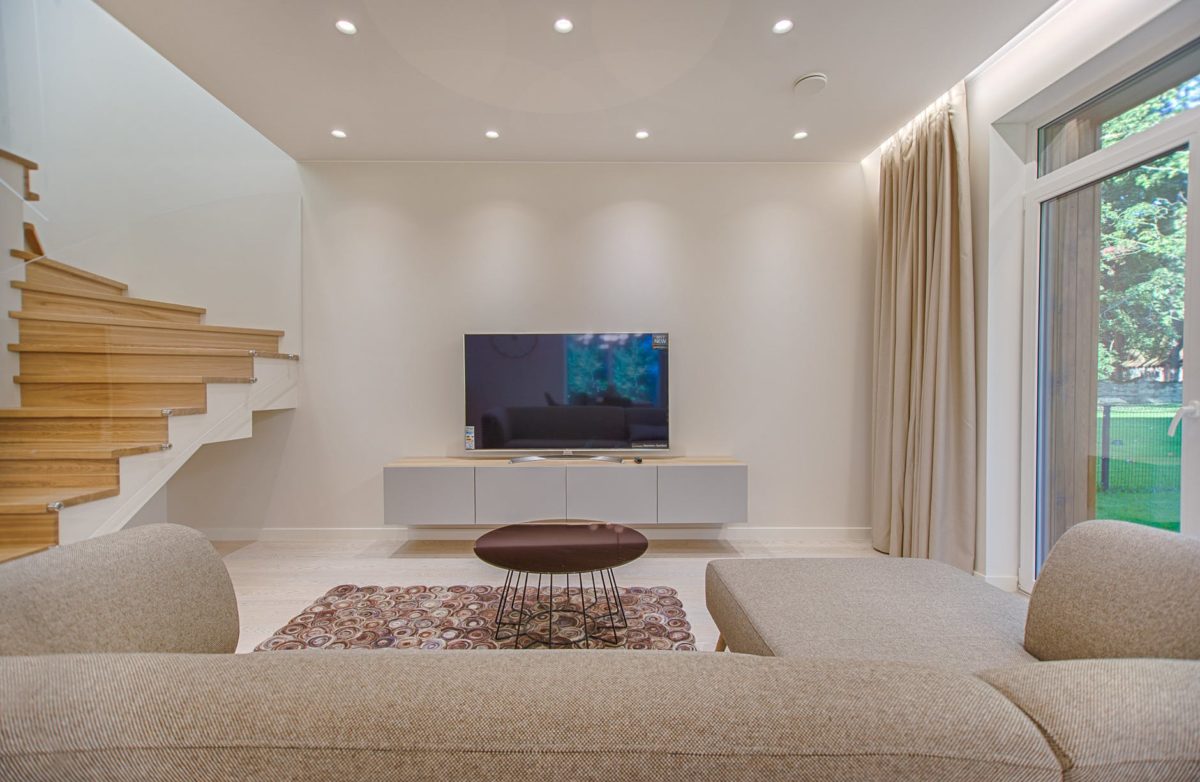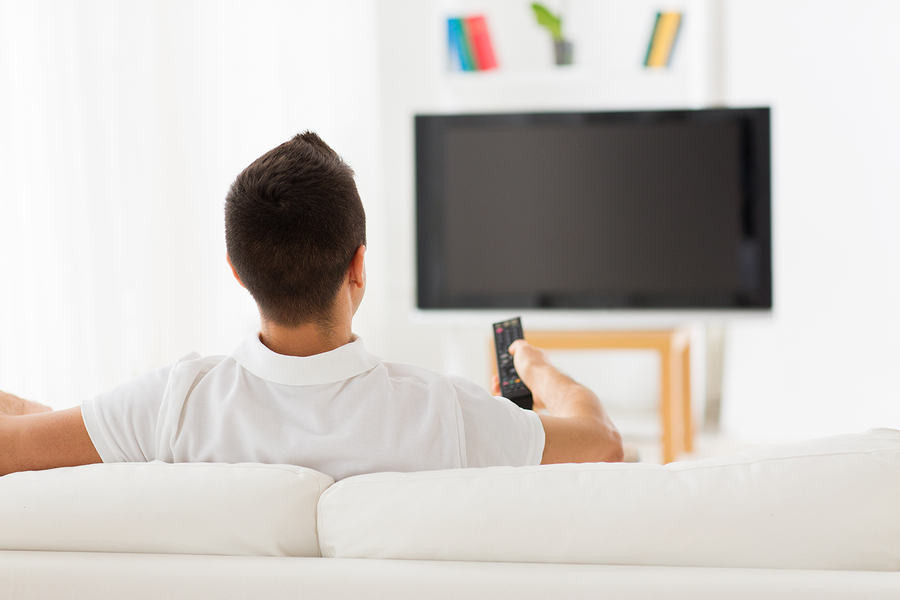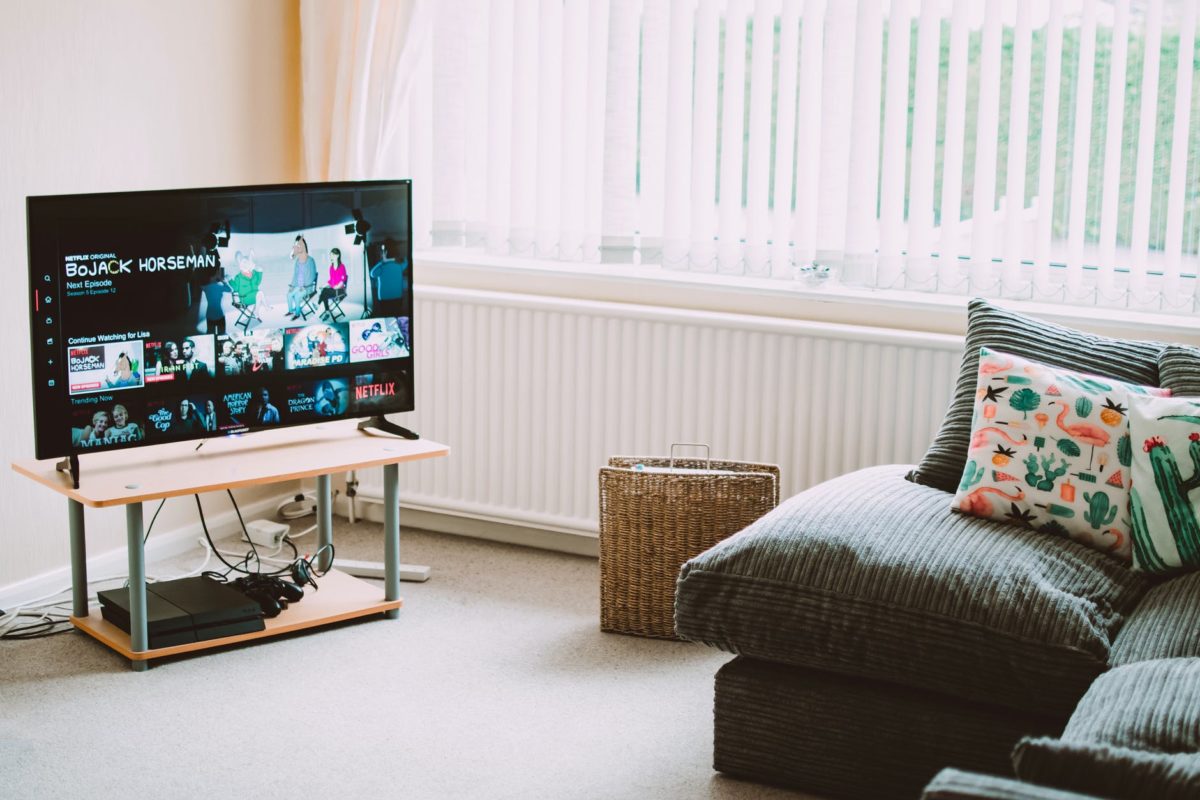
In this article, we are going to explain different ways to send a TV signal to another room. We are going to see options if we want to see the signal in another room that has no antenna socket and also, if what we want is to see the signal from an Orange decoder, Vodafone, etc. in another room without having another decoder.
The best option will always be to connect the antenna cable to our TV or to have another decoder from our TV provider in that room. For the cases in which it is not possible to do this, we are going to show you the different possibilities that exist to do it.
With a Video Sender or Video Transmitter

The first option is through a Video Sender, which will allow us to send the image of a decoder, pay TV, player, etc. from one room to another.
A Video Sender consists of a transmitter and a receiver that will send the signal wirelessly from one room to another. On the back or front, it usually indicates which of them is the emitter and which is the receiver.
These devices can operate on the 2.4Ghz or 5Ghz frequency. We recommend choosing a model that works at the 5 Ghz frequency, so that interference with other devices does not occur. This type of device announces ranges of up to 100 meters, but it must be borne in mind that it is normal for there to be walls in between, so this range will be greatly reduced.

Both SD and HD resolution transmitters are available on the market. The first are to connect to equipment that has analog video connections such as Scart or Composite Video. The HD ones are connected by HDMI and are intended for high definition televisions and devices.
If you are looking to send a TV signal to another room, you need to have an external decoder, since you cannot send the antenna signal that the TV receives directly through the integrated it to another television. To do this, you connect the antenna cable to the receiver and this you connect to the transmitter via RCA cable, Scart or HDMI depending on the model. Then you connect the receiver to the TV where you want to receive that signal.
If what you have is a Movistar, Vodafone, etc. decoder in the living room and you want to see it also in the bedroom, the connection is made in the same way. What you should do is connect the emitter to the light socket and then connect it to the decoder with RCA video or HDMI cables depending on the model. Then, you do the same with the other receiver and connect it in this case to the television where you want to receive the signal.
Cables and More Cables

A double point cable is usually the most common option for this scenario, but also the most feared. The first problem lies in its location, since it must be built into the wall or carried through gutters throughout the house, the design of which is not always attractive to the owner. Although there are some more beautiful or pleasant, it all depends on the discretion of the owner when making the decision.
Many people get complicated thinking about how much cable they need or how much is going to be wasted. The answer really indicates that the coaxial cable does not usually have more waste, and a comfortable installation can be done using between 20 and 30 meters. Losses only happen when a cable is cut too long. If you find that it is too complicated for you to set up all the cables yourself, check this website , which will greatly facilitate and speed up the whole process.
With an Indoor Antenna
If you have the antenna socket far from the room where you want to watch TV, another option to watch the DTT signal is through an indoor antenna to avoid bringing an antenna cable from the socket to that room. These antennas work by receiving the signal emitted by the repeater located in many locations. To have a good reception, it is necessary that you do not have elements that interfere, such as very tall buildings, mountains, etc.
We recommend an antenna that has amplification so it must be connected to power. In theory, the more decibels, the more gain it has and the better reception we would have, but this is not always the case. This type of product must be tested, as it depends on the location and the obstacles. Many times if channels are not received, simply by moving it to other sites, it may be.
SAT-IP

The 3rd option is through SAT-IP technology. This technology allows the satellite signal to be transmitted to different devices such as a TV, a tablet, a computer, etc. It converts the satellite signal into IP packets to send the signal to other devices through a Wi-Fi network or via ethernet cable in the case of a TV. This alternative does not send a TV signal to another room, but instead sends it via a satellite signal that you receive via the satellite dish.
To see the signal on TV, you need to have a satellite antenna oriented. This antenna is connected by satellite cable to a SAT-IP compatible device that acts as a server. Then we connect this device to the router with an ethernet cable. The next step is to connect another ethernet cable to a SAT-IP compatible satellite device and this one via HDMI or Scart cable, RCA, etc. to the TV.
W-LAN TV 50 n system

Another option is to buy a device that captures the signal and through the wireless signal distributes the signal throughout the house. Thanks to this system you can get to enjoy the signal on the computer, mobile or even on an adapted Smart tv.
It is a good option as long as you have an application to use. It is becoming easier to enjoy its benefits, but before buying it you will have to be sure that you will be able to enjoy the signal. Through this system each device or TV will be able to see the channel that they want and that tablets, computers and mobiles can also have access to television. That is, in some cases we can even save ourselves from having to buy a TV.
Portable Antennas

Another alternative may be to bet on portable antennas, as long as there is good coverage in the area you live. Today there are small antennas, so you can put them anywhere without barely taking up space on the cabinet where you have the TV.
When betting on this system you will have to be clear about two things. If you don’t mind watching the same channel as the main television channel, all you have to do is connect the antenna directly to the Video Sender.
The problem may come when we want to watch another channel. In this case you will have to connect a tuner to the transmitter. The combination will not look really good, but in return you can say that it is an economical and practical option. With a little luck you can hide it behind the TV and so it will not be in plain sight.
Conclusion
Our recommendation is to still use cables, if you think you will not be moving soon and the TV will be in that place, and you do not plan to change the purpose of a particular room.

















